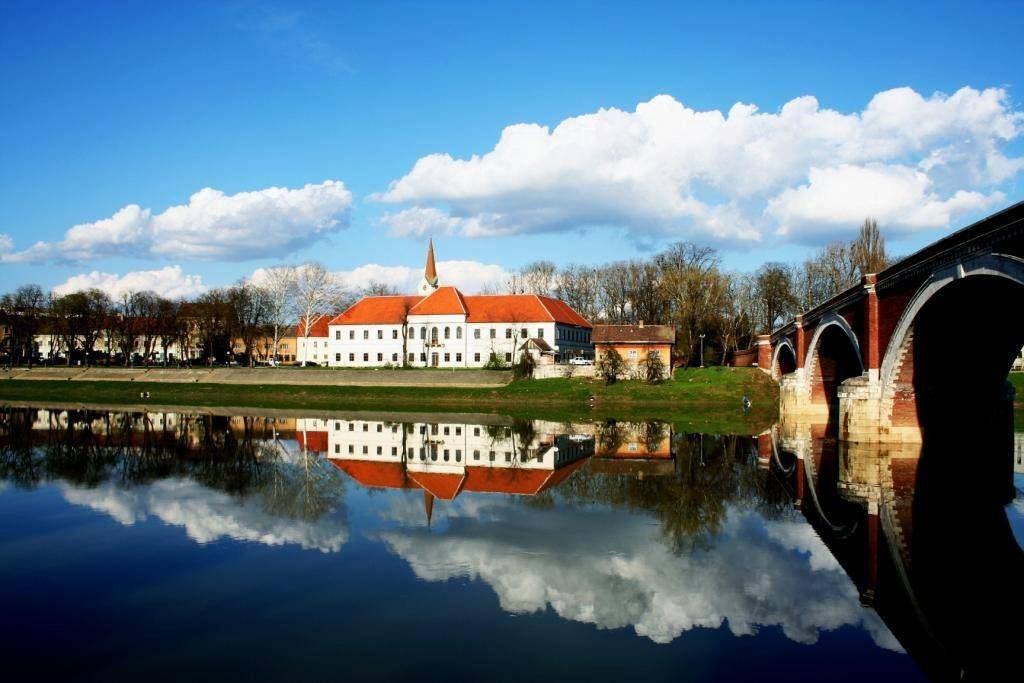In the area of the town of Sisak we have been monitoring the continuity of urban life for more than two thousand years, during which the city experienced rough times of ups and downs. The premises of today’s Sisak streets have changed their appearance by changing the cultures and civilizations, styles and lifestyles of their inhabitants. The foundations of the planned conception of the development of Sisak, most noticeable in its narrowest historical center, are hidden in the missing city below the living city. It is one of the few European cities where along with the continuity of settlement we can trace the continuity of its name: Segesta, Segestica, from the pre-Roman period, Siscia during the Roman Empire, Siscium in the early Middle Ages, Sissek, Sziszek, Sciteck, Zysek, Sziscium, Scytzyc , Zitech, Scyteck, Sziszak, all the way to the Croatian name Sisak. It has been inhabited since prehistoric times. The Soyonian settlement on the right bank of the Kupa has been known since the Iron Age. In the period of the Early Iron Age, the oppidum Segestica was also known. Cr. conquers the future Roman Emperor Octavian. The new Siscia settlement is being developed on the left bank of the Kupa. It originally existed as a military camp that developed into a civilian settlement during the 1st century by Emperor Vespasian in 71 AD. declared a colony. During the 3rd century, the early Christian community and the diocese developed in Siscia. In the last great persecutions of Christians at the beginning of the 4th century, the Sistinian bishop Kvirin, now worshiped as the patron saint of the town of Sisak, was killed. During the 5th and 6th centuries, due to the increasing influx of barbarians, the decay of Siscia continued, and the end of the ancient city occurred around 600 AD. by occupying Siscia of Avars and Slavs. Life in this region continues, although not to the present extent. The principality of Ljudevit Posavski, which extended to the western parts of the Pannonian Plain, played an important role in the fight against Franco rule in the early 9th century. german. There has been no written information about developments in this area for some time. In 928, mentioning it at a church assembly in Split confirms that there is still a diocese in Sisak. From the year 1215, the land feudal lord of Sisak and the area around it became the Zagreb Capitol, and Sisak owned it until the 19th century. The settlement existed as a peaceful commercial and agricultural center until the 16th century and the period of fighting with the penetrating Ottoman forces. Sisak has become the most important point of defense in northwestern Croatia. After numerous attempts at penetration, siege and destruction, in 1593, the Ottoman forces stopped in Sisak, which prevented their penetration into other parts of Croatia, but also in Central and Western Europe. After exhausting warfare, centuries of recovery follow, and from the 17th century, the rapid development of the urban way of life begins. By freeing traditional trade routes, Sisak becomes a significant river port, and water transport is a driving force for the city’s development.

The town is being developed along both banks of the Kupa River: as Vojni Sisak on the right and Civilian Sisak on the left. Both settlements face each other and at the same time towards the river that means life to them. In 1874, two Sisak settlements unite into a single city center, which is given the status of a free royal city. Sudden urbanization begins; construction of infrastructure, decoration of streets, squares, construction of numerous public buildings. The development of commerce, crafts and industry, the migration of an increasing population, and transport connections, create preconditions for the rise of the social life of the city. At the turn of the 19th and 20th centuries, trade and crafts stagnated, and increasingly small industrial plants became significant industrial plants, with which, outside the city center, industrial suburbs and new residential settlements were created. different from the old town.
History of Sisak over the centuries is an example of repeating historical experiences. Two basic factors dictated the development of Sisak: military and economic. In alternation, they brought him into the limelight in certain historical periods, so that he would again be forgotten and left to himself. Evidence of this is the events of the late 20th century, when Sisak, who knows how many times found itself confronted with the horrors of war. Unprovoked aggression, without any moral justification, fell on the city and its inhabitants, disbelieving what Sisak has proven so many times in its history: it is here, it exists and it lasts. It will survive as a witness to the past and survival of those who have lived here for centuries.

